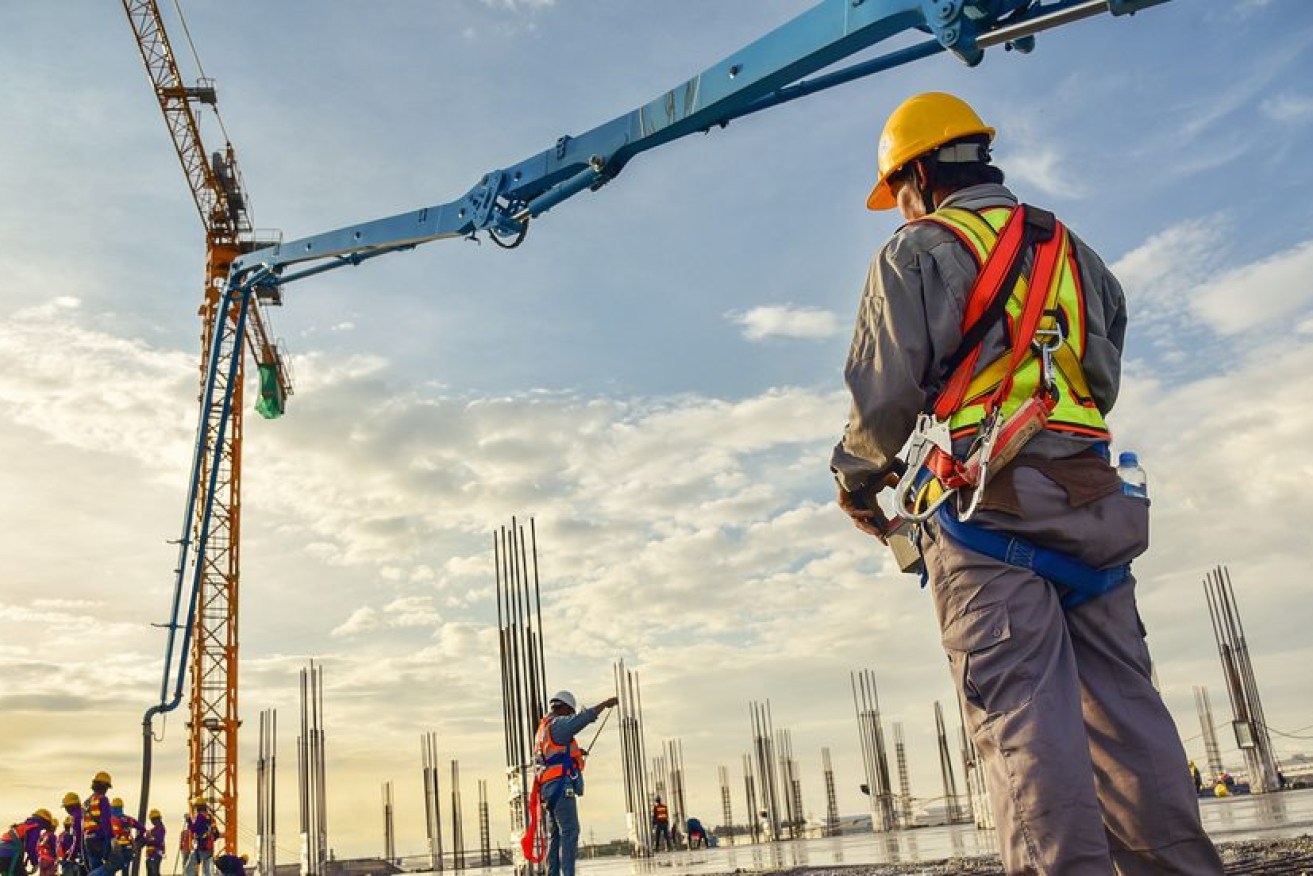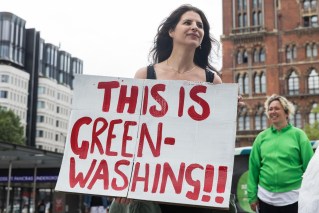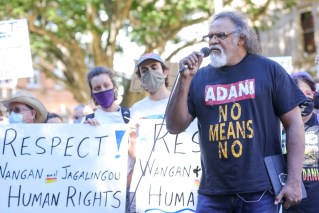State of the state: Report shows economy weighed down by interest rates
Queensland’s economy was running at an annual growth rate of 14 per cent, but the building sector was in a huge slump with major indicators deeply negative in the CommSec state of the states report.


Housing was being impacted by a lack of engineers and planners (file photo)
The report showed some clear economic wins for the state. Population and economic growth remained strong but had been overtaken on the leaderboard by WA. Vehicle sales in Queensland were also the nation’s highest against the decade average.
However, the report had two separate indicators, growth against a decade average and annual growth and the comparison between the two showed how the economy Australia-wide had slowed.
The annual result for Queensland showed retail spending was negative in the state, employment growth was well below the leaders, construction work was negative, housing finance and dwelling starts were disastrous at -15 per cent and -12 per cent respectively. However, other states were far worse in those two categories.
CommSec said the state’s economies were slowing because of increased borrowing costs.
To add some perspective, CommSec’s main measurement in the report was to compare results against a decade average, or what it classes as normal.
In terms of its economic growth relative to the decade average, Queensland (+36 per cent) was running second behind WA (+44 per cent). Retail spending was up 12 per cent in Queensland, equipment investment was up 8.4 per cent.
Those results showed significant strengths for Queensland, but also highlight how the economy was slowing.
Tasmania has taken the lead on the state of the state’s leaderboard but “there is little to separate Tasmania from NSW. South Australia is now in third position, followed by Queensland, Western Australia, Victoria, the ACT and the Northern Territory”.
“In fact, Tasmania faces challenges from at least three economies – NSW, as well as South Australia and Queensland. Notably, Tasmania ranks eighth on relative population growth – pointing to slower economic activity ahead,” CommSec economist Craig James said.
“There are encouraging signs for the Western Australian economy. Western Australia leads other states and territories on annual growth rates for two of the eight indicators. This points to potential to ride up the economic performance rankings over the next few years.”
“Looking ahead, trends in population, the job market and housing should be closely monitored,” James said.
“As noted in the last survey, the potential for stimulus in the Chinese economy will be important for resources and tourism-focussed states.
“But clearly, the success achieved in lowering the rate of inflation will determine the path of interest rates and economic activity across all states and territories.












